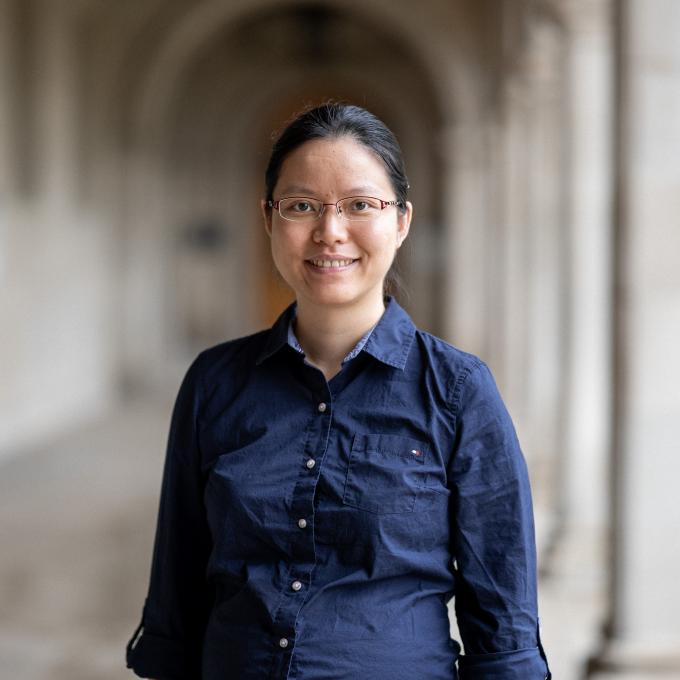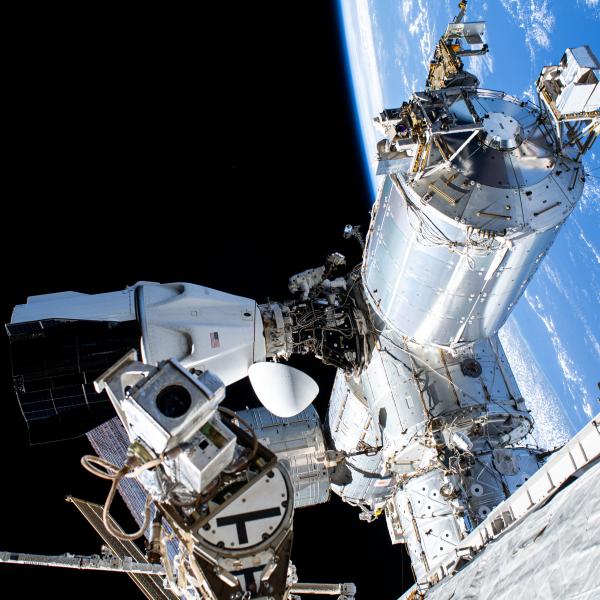Physicists will create computer simulations for a full-spectrum understanding of cosmic phenomena.
Alex Chen and Yajie Yuan, both assistant professors of physics, have received a $447,000 grant from the National Science Foundation to create a unified model of pulsars, celestial objects that release mysterious pulses of electromagnetic radiation.

The researchers will build computer simulations of the high-energy phenomena in an attempt to explain the observations collected by gamma-ray, X-ray, and radio telescopes around the world. Astronomers have spent decades collecting data from more than 2,000 known pulsars, but no one has created a model that accounts for the full spectrum of energies, Chen said. “We’re trying to tie everything together. It’s one of the first attempts to use a single theoretical framework to understand simultaneously the various frequencies of radiation.”
The basics of pulsars — rapidly rotating neutron stars — are already well-known, Chen said. Since their discovery in 1967, they have been a popular target of telescopes, including Earth-bound and space-based instruments. NASA’s Neutron star Interior Composition Explorer (NICER), an X-ray telescope mounted on the International Space Station, has been a major source of data. Henric Krawczynski, professor of physics, is leading an international team of physicists to prepare for the 2024 launch XL-Calibur, a balloon-based X-ray telescope that will peer at pulsars, black holes, and other objects.

But many of the existing observations defy easy explanations. For example, pulsars emit surprisingly intense radio waves. Chen said that if pulsars created radio waves in the same way our sun shines, the distant objects would have to burn at temperatures significantly hotter than any object in the history of the universe. “Clearly, pulsars have a different mechanism,” Chen said.
Chen and Yuan will also use the grant for educational outreach to the campus and community. Among other things, they plan to organize a high energy astrophysics summer school. “Neutron stars are fascinating objects that involve many branches of exotic physics, including plasma physics, quantum electrodynamics, nuclear physics, and general relativity,” Yuan said. “We hope more people can learn about these objects and be inspired by them.”




